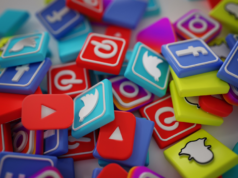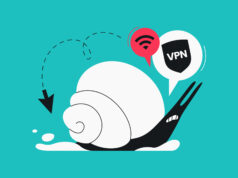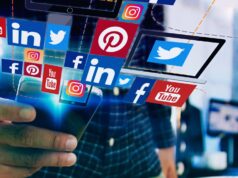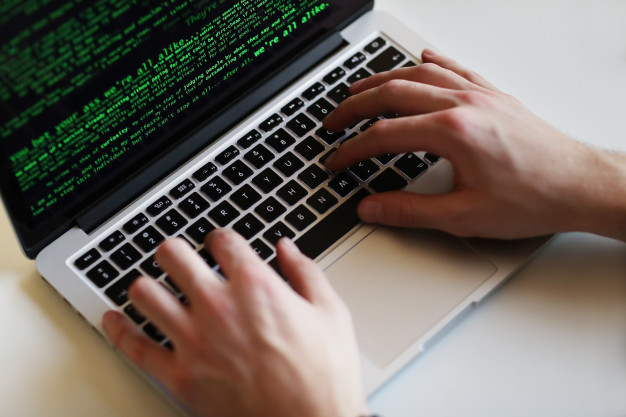
When experts first started talking about the concept of Web 2.0, no one really knew what it was. Many expected from it, first of all, a technical revolution that could radically change the functionality of the Internet. Some of these expectations have been met. But the main innovation brought into the lives of users of the World Wide Web by this trend was a special paradigm of personal and social relationships. Devirtualization has replaced general anonymity.
People who have been plunging into the Internet for years are well familiar with the agony of choosing an original nickname – a pseudonym under which you can communicate in chats and online conferences. Almost everyone used to use such imitators, with the exception of some white crows, who preferred to flutter through the forum branches under their real names and surnames. But the desire to stand out so vividly was not at all among many, therefore, the majority preferred to work on the Internet incognito, hiding behind often meaningless and monotonous nicknames.
In addition to the psychological comfort presented by the opportunity not to reveal their identity, anonymity gave the illusion of lack of control and permissiveness. An illusion – because each computer still had its own unique identifier (IP-address), with the help of which, if desired, you can establish the owner’s identity.
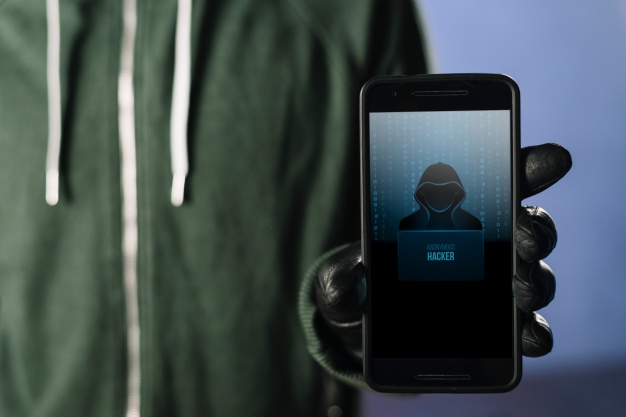
Nevertheless, the conviction of their own secrecy opened up unprecedented scope for self-realization for some people. Speaking under a pseudonym, a person could not only behave more relaxed than in real, “offline” life but also do it under many different names, posing as different characters. The popularity of such a model of behavior led to the fact that such doll clones were even designated by a special term – virtuals.
The whirlpool of total anonymity has even spawned a layer of so-called Internet boxers – those who like to violently quarrel with other users, invariably threatening them with physical violence. But when it comes to the counteroffer “go out”, which implies a real meeting outside the Internet, such daredevils usually dissolve into nothingness, after some time reborn as a Phoenix bird on another forum, under a different nickname, but all with the same intentions.
Of course, this state of affairs did not suit everyone. An impersonal crowd of thousands of identical pseudonyms, behind which it is not clear who is hiding, is not the most interesting company for people who are used to being responsible for their words and actions, and therefore have no need to hide their true data. This was probably one of the reasons why the regulars of the FidoNet network were reluctant to “migrate” to the more progressive webspace. Indeed, in this non-commercial computer network, almost everyone acted under their real names, which, together with a rigid system of moderation, made Fido a higher-level system from the point of view of social organization than the Internet. However, there is an opinion that it was precisely this rigidity of the organizational structure that introduced this network into a “vegetative” state.
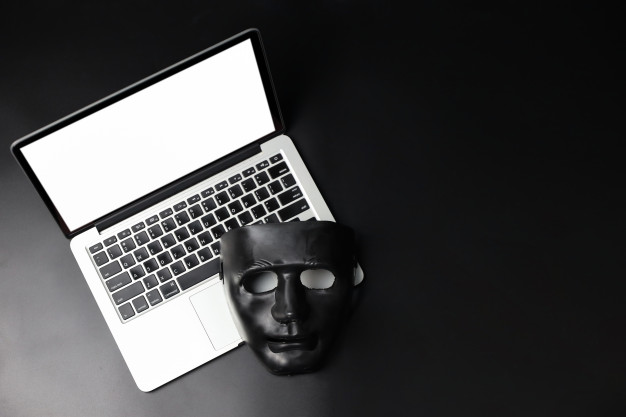
Whatever it was, but the fact remains: communication in the international computer network without anonymity is quite possible, which is confirmed by the long-term experience of the successful existence of Fidonet. This nuance is very important for understanding that the loss of user anonymity in itself is not a threat to the Internet and its users. On the contrary, if the “devirtualization” tendencies are directed in the right direction, then as a result the Network can finally turn into a truly wonderful social system, clearing itself of the multitude of “sores” generated by this very anonymity.
Significantly, the Internet has already taken a decisive step in this direction – through the implementation of the idea of Web 2.0.
The essence of the notorious concept of Web 2.0 fits into three words: user-generated content. LiveJournal blogs, YouTube videos, photos on Flickr, files on Rapidshare – all this exists thanks to ordinary visitors who fill the Internet bit by bit with their texts, pictures, videos, etc. The full use of such services makes the anonymity of users almost impossible.

Probably, social networks like Facebook, Odnoklassniki, and Vkontakte have driven the last nail into the coffin of the outdated Internet paradigm. Of course, if you wish, you can be anonymous here too by buying, for example, a proxy for VK ( check here: proxy-seller.com), but this behavior simply does not make sense, since it contradicts not only the rules for using services but also the very idea of social media.
Not all users, even those who undoubtedly enjoy all the benefits of the era of Web 2.0, have yet realized such a sharp turn from anonymity towards “devirtualization”. Many people in an old-fashioned way believe that the Internet remains a secluded place where you can make a hooligan with impunity or come off in a dubious way without risking your offline reputation.
For example, students on social media may inadvertently use foul language or publicly discuss their teachers. Forgetting that they are “friends” with the same teachers, in front of whom the students would never have behaved in this way. But in the social network, they are exactly the same in front of their eyes, they just do not understand this yet. The same applies to the relationship between the employer (possibly potential) – employee.
If the first problem lies mainly in the plane of ethics, then the second concerns a much more dangerous criminal sphere. Many web resources of the Web 2.0 generation, including social networks, are implicitly encouraging users to exchange pirated products, primarily video recordings and music. Rarely does anyone bother to read the rules for using such services, in which all responsibility for the files being placed is placed on the shoulders of customers? It turns out that by recognizing the authenticity of his account on a social network and at the same time distributing illegal content with the help of this network, a person deliberately commits to offenses. It is obvious? Of course! But few of these distributors think about the piquancy of their position.
The third major problem posed by the rejection of anonymity is the risk of unexpected and unpleasant privacy violations. Even if a person has nothing to hide or is a role model at all, this does not mean that the Internet community will not make him a popular target of fierce harassment. An innocent video posted on YouTube in which you play the guitar at home, with the light hand of another provocateur, can turn you into a hero of an endless stream of parodies and bullying. Moreover, having fallen under the distribution, you are unlikely to ever be able to completely cleanse yourself of the shame, because reminders about it will be stored on the Internet for an unlimited time.

“Devirtualization” of Internet visitors is a complex multidimensional process that requires changes both in the system itself and in the minds of its users. The latter, in order to adapt to new conditions, have to undergo a “mental transformation” procedure, which consists of a conscious transition from anonymity to the use of their real name, surname, photograph, etc. Conscious means a clear understanding of all risks and responsibilities.
Not everyone decides to go through this process to the end. And some of those who have passed over time have relapses: having lived for a period openly, they, unable to withstand the risk of violating the privacy, remove the traces left earlier that may indicate their true identity, returning to the anonymous mode of interaction with the Network.
But being anonymous on the Internet today is not easy! In addition to being cut off from the latest trends in the development of the World Wide Web, such behavior also creates problems in interaction with those who have already crossed over to the other side of the barricades.
The global network has changed so much in recent years that it is simply impossible to ignore the systemic nature of these changes. Now the only question is how quickly and how qualitatively the society will be rebuilt taking into account the new realities of its virtual Internet life.



